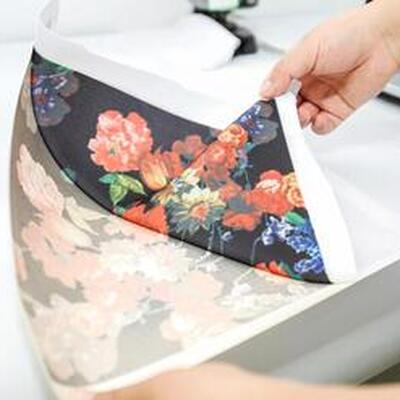-
 Find in Members
Find in Members Find in Videos
Find in Videos Find in Channels
Find in Channels
This website uses cookies to ensure you get the best experience on our website.
To learn more about our privacy policy Click herePrivacy Preference
- Tags - #sublimation heat transfer paper #sticky sublimation paper
-
- Last updated August 5, 2021 0 comments, 165 views, 0 likes
More from run Hydrotech
More in Politics
Related Blogs
Introduction To Sticky Sublimation Paper Structure
Body
Structure of sticky sublimation paper
The thermal transfer film is generally composed of a carrier layer, a release layer, an ink layer, and a glue layer.
- Carrier layer:
The carrier layer is mainly a base film, which is a transparent film, which is a carrier of release agent, ink, and glue. It requires temperature and pressure resistance, and good stability. The base film is generally made of PET, which has the characteristics of good stability, uniform tension, and good heat and pressure resistance.
- Release layer:
That is, a coating with a release agent. The release agent is a transparent resin, which has the characteristics of release, film-forming, adhesiveness and low viscosity. During processing, the release agent is melted by heating and separated from the base film. It plays the role of separating the ink from the base film and transferring to the substrate. The release agent needs to have good abrasion resistance, reduce ultraviolet radiation, and reduce harmful molecular corrosion in the air, thereby extending the life of the ink, protecting the ink, and at the same time, it must be able to buffer the adhesion of the base film and the ink.
- Ink layer:
The ink is air-dried to form a pattern that is transferred to the surface of the substrate. That is, the ink is the foundation of the printing pattern. The thermal transfer printing adopts gravure printing technology, and the printed patterns have various colors and bright colors. The quality of the ink has a certain influence on the quality of the product. The ink is odorless, environmentally friendly, and will not harm the body.
- sublimation heat transfer paper glue layer:
Glue is the adhesive, and its function is to let the ink fuse on the surface of the product. For products of different materials, different glues should be selected according to the material of the product.







Comments